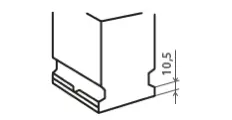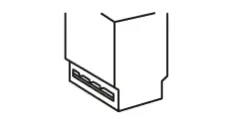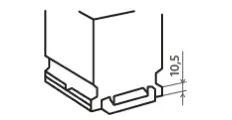When choosing a battery, in addition to technical criteria, you should pay attention to four important characteristics - dimensions of the battery itself, location and size of terminals, battery polarity.
In batteries, polarity refers to the location of current-carrying conductors. elements on the equipment cover. The car's electrical circuit or charger is connected to these contacts. IN Depending on the location of the positive and negative terminals, the polarity of the device is determined.
Cars
R+ (0) reverse passenger, plus right
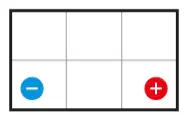
Straight, L+ (1) - Passenger car parts program

Commercial vehicles
L+ (3) - Reverse, Commercial vehicle parts program
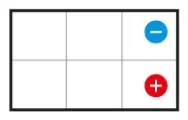
R+ (4) - Straight, Сommercial vehicle parts program
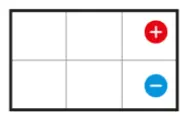
Universal
Type 2

Type 5

It is believed that all batteries are standardized in size, which simplifies their installation in the standard socket in a vehicle, but there are several standards of these – European, Asian and American.
The American one is designed only for vehicles manufactured in the USA. In the "American" battery, the terminal posts are located on the side surface of the upper cover and have an internal thread. Such batteries are incompatible with terminals of European and Asian types.
The European standard is designed for any vehicles of European and domestic origin. The terminals are located flush with the top cover of the battery case.
The Asian type is used in vehicles of Japanese and Korean brands.
When buying a battery, if you see that there is still a gap in the regular battery socket, then it makes sense to purchase a slightly larger battery with more powerful technical specifications.
Type A
(European standard)
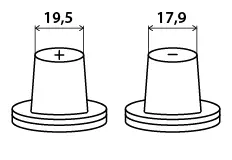
Type B
(Asian Standard)
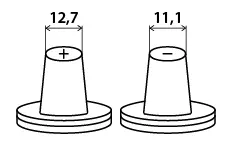
Screw type, Type F
(American Standard)
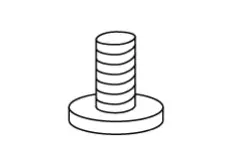
Bolt type, Type G
(American Standard)
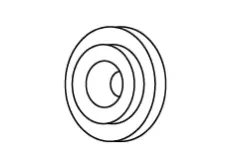
Bolt type, Type T
(Russian standard)

Screw type, Type E
(European standard)
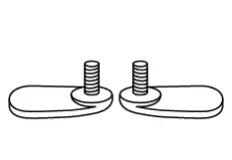
Type H
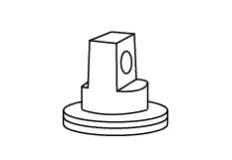
Type D

Type C

The main types of battery housing mounting are shown in the diagrams below.







